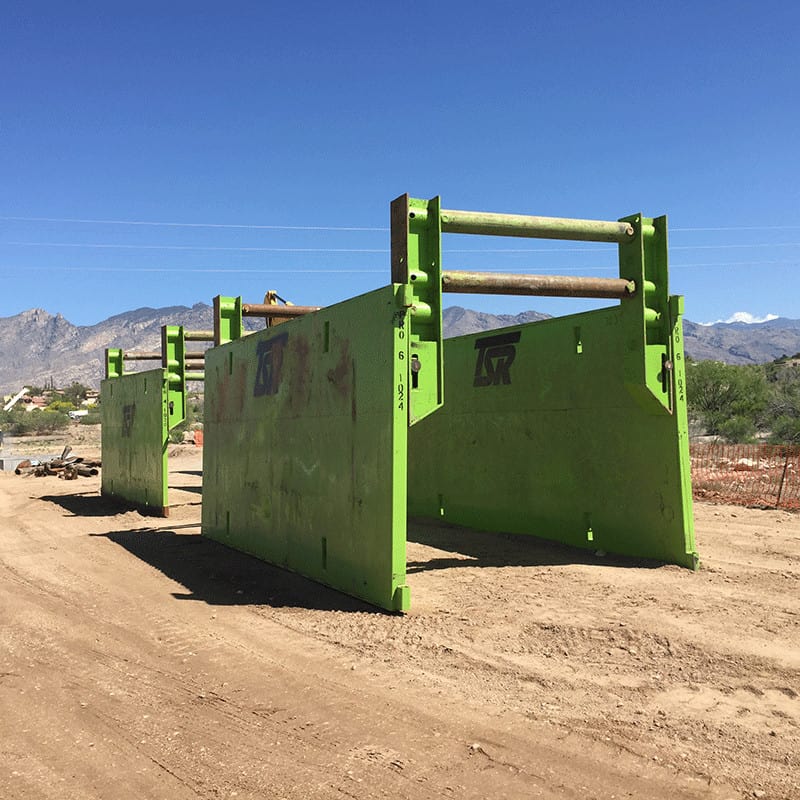The excavation of trenches is a crucial component of many constructions and engineering sites. They are utilized for the construction of telephone lines, pipes or any other type of tubular structure which needs to be installed deep underground like oil rigs, etc. Trenching in these places can become difficult because of the excessive amount of moisture. It’s not straightforward to remove all dirt from objects, but it’s extremely dangerous to expose skin to risk.
Trenches are essential for any type construction or repair to be carried out on the ground. They are able to keep the ground from falling down based on the material and soil quality. Trench boxes are constructed out of steel/aluminum frames that temporarily secure them prior to excavation commences. The grout is placed between two layers in case it is necessary, to ensure that there is no chance of cracks forming when placed at the site level.

Pre Installation
Before you dig before digging, you must be aware of the risks that could arise. This includes knowing what equipment is required and how many people will have access. It also allows you to think about alternatives to accomplishing the task without placing your life in danger. Also, a complete risk assessment must be conducted during the pre-excavation inspection to ensure that any hazards are easily detected before the excavation. This reduces potential complications in the future.
It’s also essential to think about the trench’s depth. You will need the support of sloping or shoring in the case of a 5 feet wide strips. If the trench is 20 feet deep, it will require more engineering work. This is due to the absence of straight sides at both ends. Every building that rises above ground must consider the potential for foundation displacement.
The trench must be accessible via a ladder or steps, or by a ramp. In case in an emergency the trench must have secure access within 25 feet. There may be a need to assess low oxygen levels and toxic gases with specially designed containers called “trench box”. These articulated devices make installation simple, but they also increase the risk of stacking them on top of one another since you don’t know how high the pile can break into their vulnerable underbelly.
Care care for the trench
1. Make sure to inspect the trench box or support daily for any damage or any movements.
2. Protective equipment should always be on all employees working on-site.
3. The heavy equipment and tools must be kept at least 3 feet from the edge of the trench.
Extracting
Because the earth around trench boxes moves which makes it more difficult to set up than to extract it. For removal, you can employ chain slings. A crane that is overhead is also an option.
1. Straight Pull: This is the most basic of all extraction methods. It is as simple as securing your sling in two places and then pull it off.
2. Half Pull: If you are using the half-pull method, secure it to one end of the trench box and move it as far as you can before switching to the other side. It is possible to remove dirt and debris out of the trench box and not cause any harm.
3. Single Pull: You link one leg of chain to the lifting or extraction location. Each panel is raised by turns. If it’s time to take it down it is best to pull the traditional pull.
For more information, click trench box
